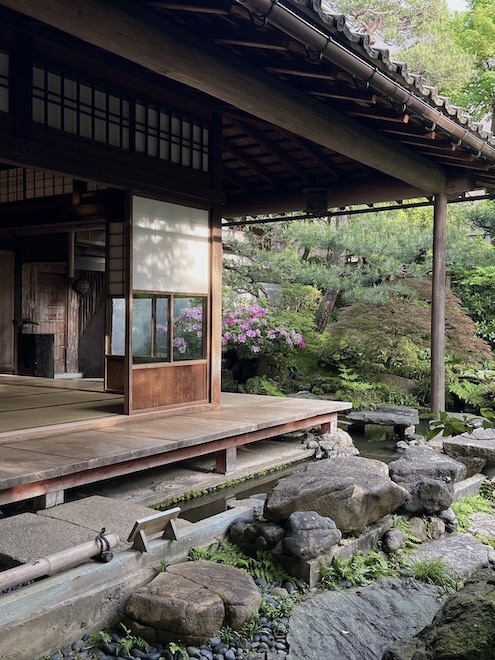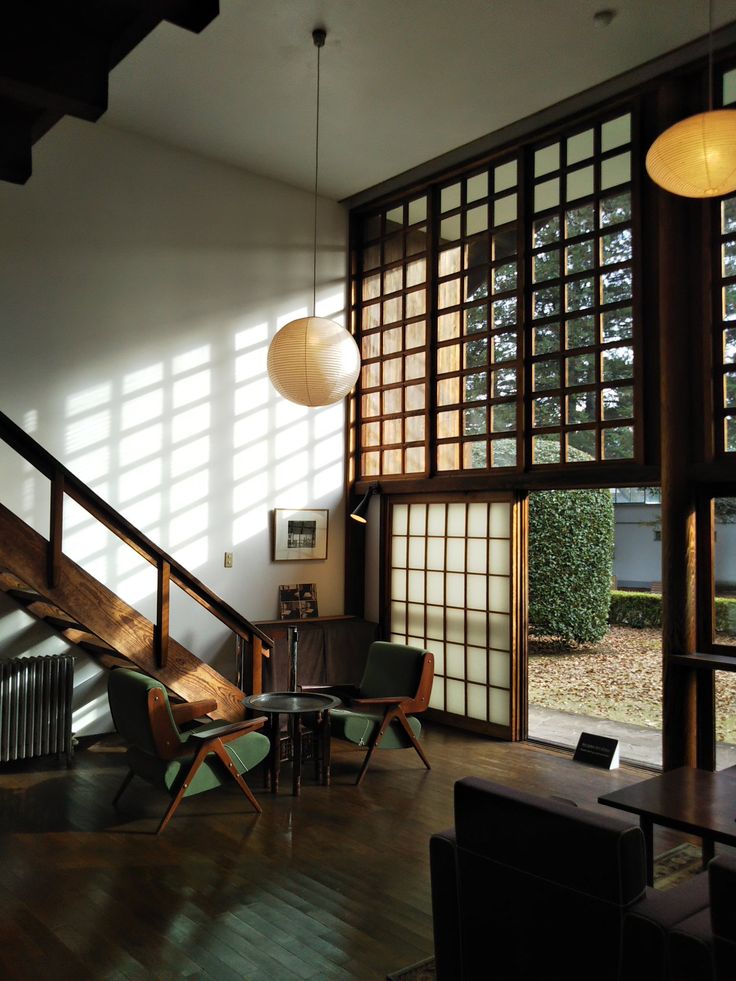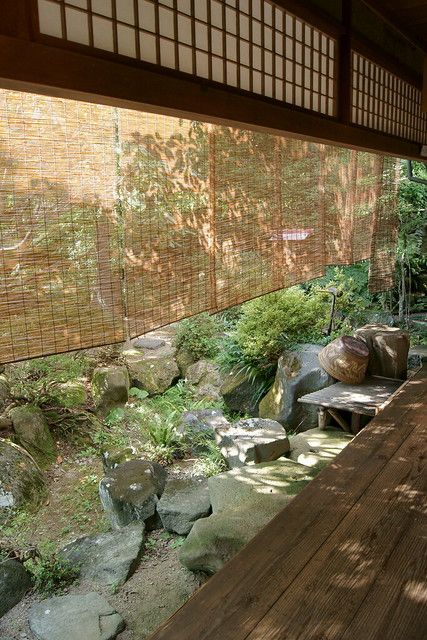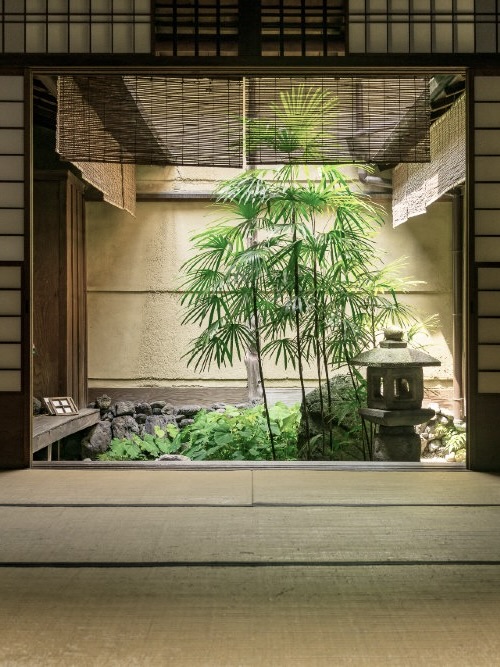As temperatures soar across Europe, the urge to retreat somewhere calm, shaded, and breathable feels instinctive. While modern solutions often default to mechanical cooling, some of the most elegant answers were shaped centuries ago. In this journal, we revisit traditional homes in Japan that were built to live beautifully in heat. They offer timeless lessons for designing spaces that respond intuitively to nature, encouraging a slower, cooler way to live.

1. Engawa & Open Flow
Traditional Japanese houses feature the engawa—a covered timber veranda wrapping around the home. This transitional space, combined with sliding shoji and amado screens, invites cross-ventilation while buffering interiors from direct sun.
Sliding panels open for seamless airflow; when closed, they diffuse light and soften daylight.
2. Raised Floors, Crawlspaces & Eaves
An engawa often sits on a crawlspace (en-no-shita) that invites air beneath the structure, reducing humidity and grounding.
Wide eaves and elevated floors shade interiors from high sun and allow cooler air to circulate underneath.


3. Sliding Screens & Breathable Materials
Shoji screens—wooden lattices with paper panels—allow filtered light and air even when closed, softening heat and glare.
Homes built using timber, clay plaster, bamboo, and tatami naturally regulate humidity and temperature.
4. Layered Openings & Sudare
Seasonal adjustments elevate comfort: in summer, fusuma partitions are removed, shoji slides open, and sudare (reed blinds) roll down from eaves to block sun while preserving airflow.
These layers ensure airflow while offering shading and cooling.


5. Courtyard & Garden Integration
Even traditional urban homes include small inner courtyards or shaded garden pockets to cool incoming air and create quiet retreat zones that enhance airflow and microclimate .
These features—wrapped verandas, raised floors, layered screens, breathable materials, and courtyard integration—show that passive cooling is not just functional, but deeply poetic. Homes designed to breathe are cooler in summer and more connected to nature, cultivating calm, comfort, and ecological grace.